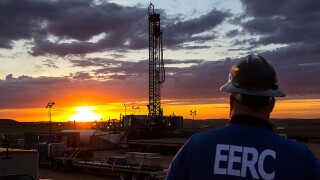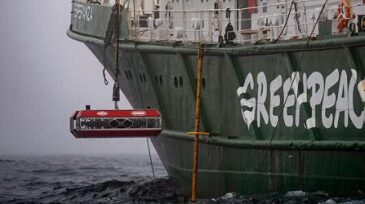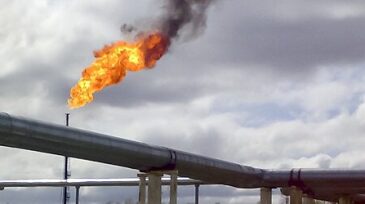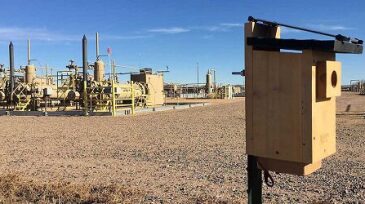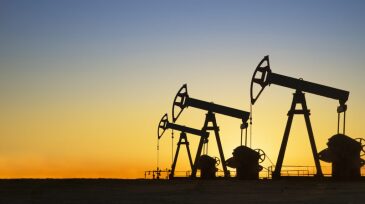Emission management
Growing energy transition investment highlights oil and gas technologies as key enablers.
EERC CEO Charles Gorecki outlines how applied research in North Dakota is helping improve oil recovery, reduce emissions, and advance carbon storage.
A newly formed global coalition, Carbon Measures, aims to develop a ledger-based carbon accounting framework and champion market-based solutions to drive emissions reduction.
-
Using an underwater remotely operated vehicle, activists on board the Greenpeace ship Esperanza documented a large methane leak in the North Sea caused by a major blowout during an oil drilling operation 30 years ago.
-
OGCI Launches $1 Million Partnership With Payne Institute To Develop Web Platform To Map Gas FlaringThe Oil and Gas Climate Initiative has announced a technical and financial sponsorship commitment of nearly $1 million to the Payne Institute for Public Policy at Colorado School of Mines to develop a transparent web platform to support real-time mapping and tracking of global gas flaring data.
-
International Environmental Standards, the new company created by the merger of Project Canary and Independent Energy Standards, will combine continuous emissions-monitoring technology with TrustWell certification to create a provider of independent environmental, social, and governance performance.
-
Although based on “intensity” and not “absolute” emissions, oil giants say it’s a step toward net-zero goals for 2050.
-
The oil and gas industry is not the largest emitter of methane, but addressing the emissions still needs to be a priority, a recent panel said. Incentivizing lower emissions, following best practices, and creating transparency are key to bringing about this change.
-
The UK’s offshore oil and gas industry has committed to halving operational emissions in the next decade, confirming its pathway to becoming a net-zero emissions basin by 2050.
-
Recommendations include changes to current forms and reports used to track flaring.
-
Machine learning enables fast, cost-effective, and accurate methane emissions detection in remote areas.
-
Tracking down fugitive emissions has traditionally relied on small-scale detection efforts. This new project seeks to buck the trend by covering the Permian Basin with sensors.
-
Video shows a substantial share of oil and gas flares are unlit or faulty, revealing a previously overlooked methane source that could turn out to be one of the region’s biggest.


